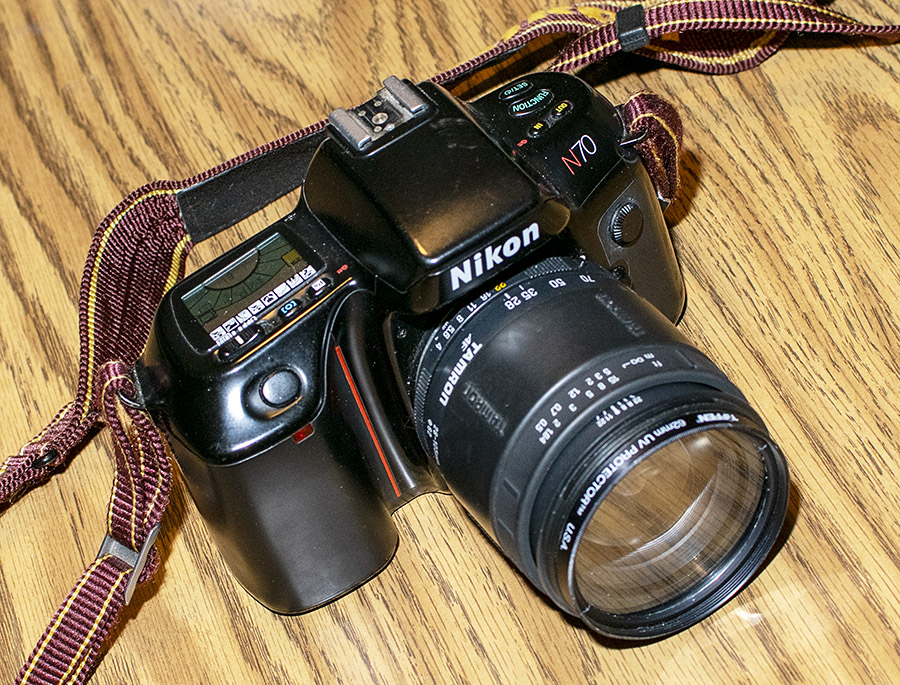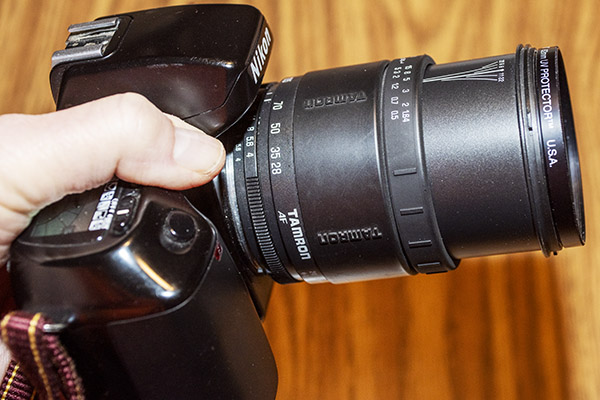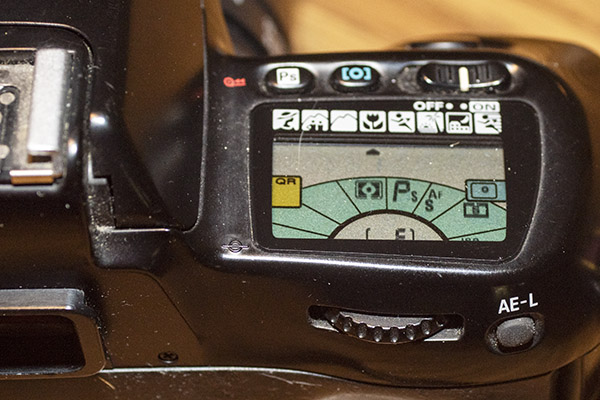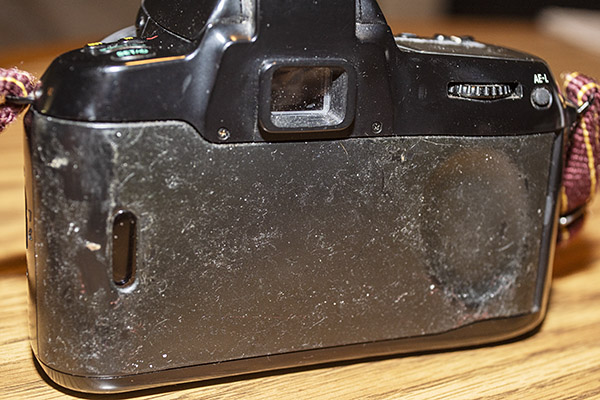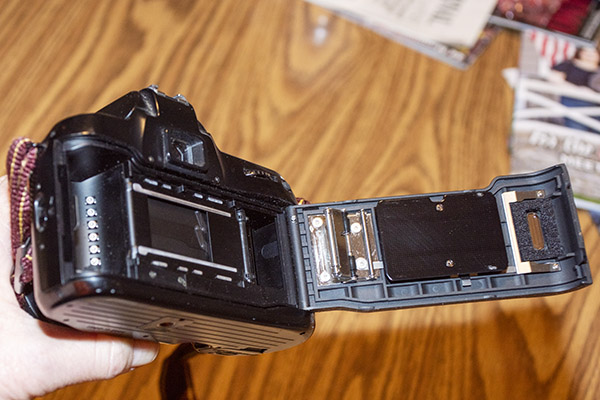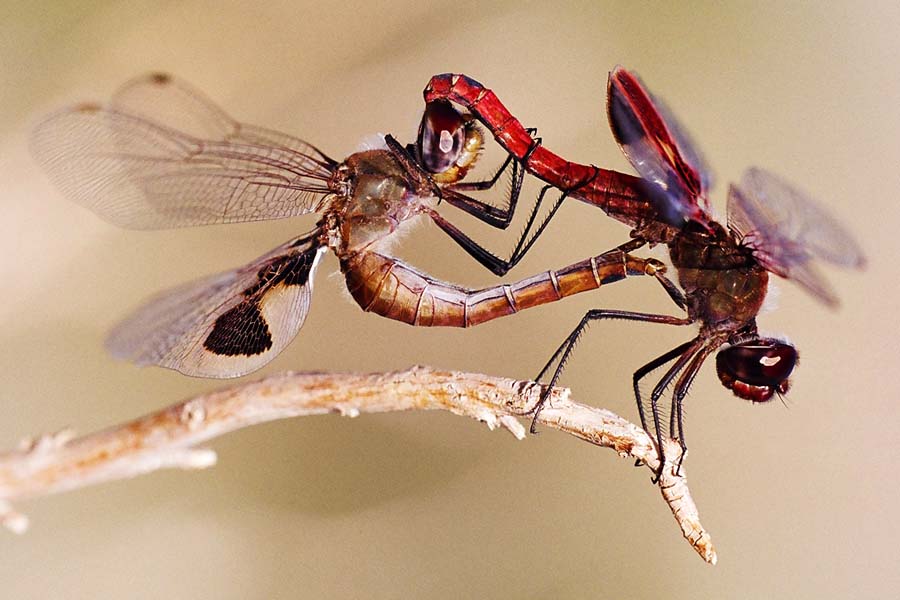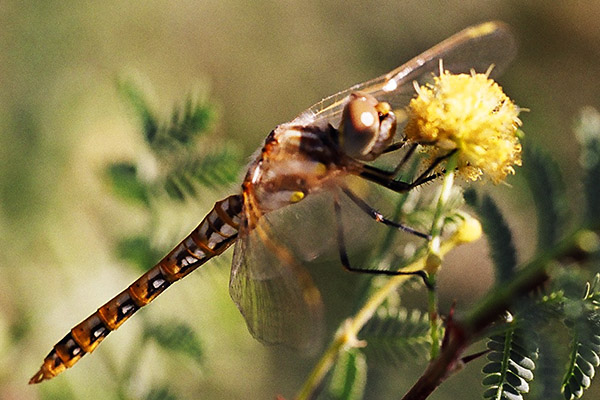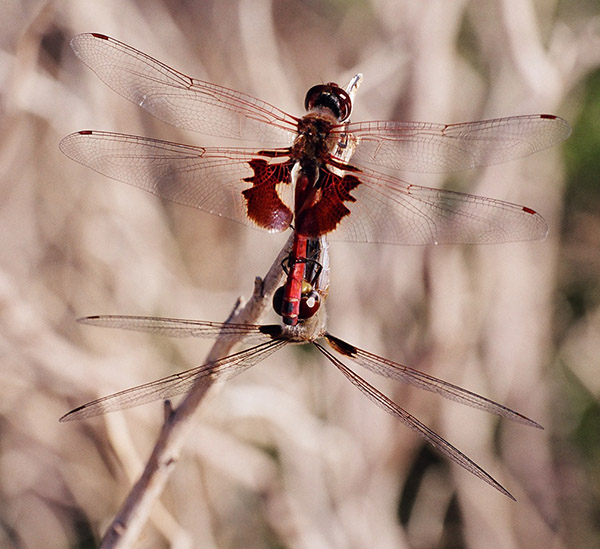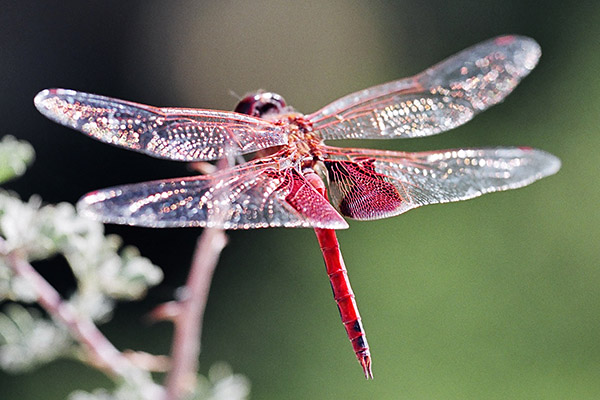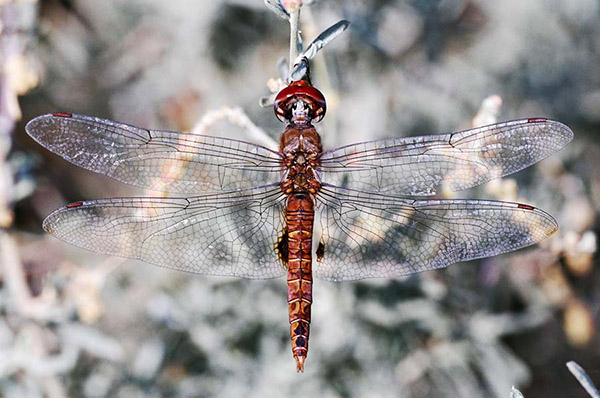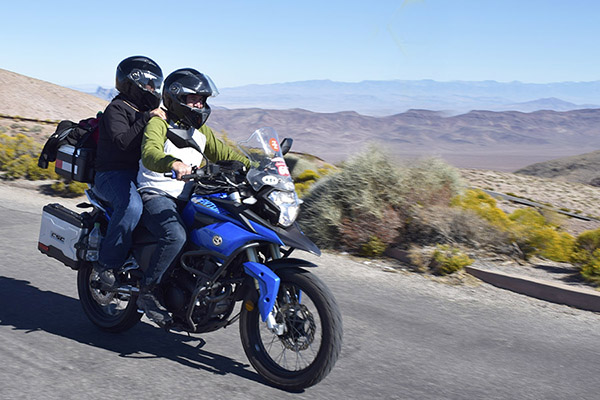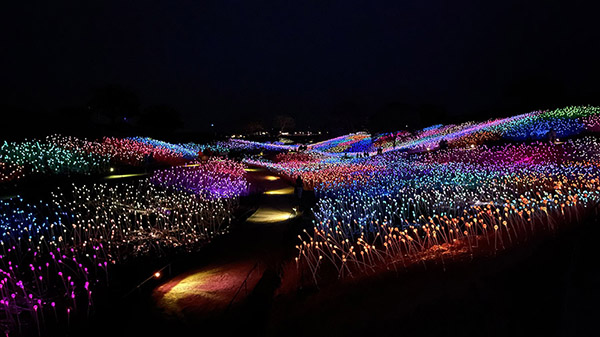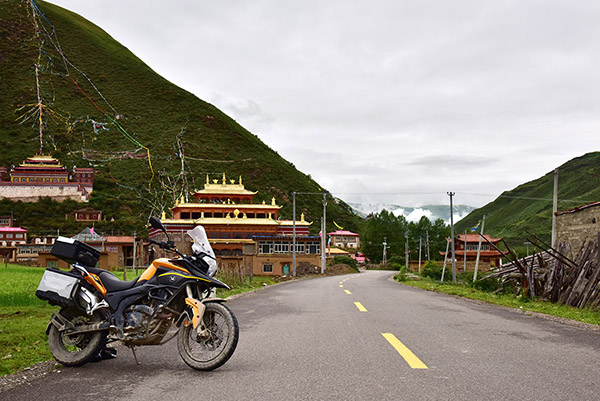By Joe Berk
This is a follow up to the recent post on my recently reacquired Nikon N70 film camera.
In the prior blog, I mentioned the N70’s rear door gooification issue and that I had read on an Internet forum it was a common issue. My camera’s rear door was like fly paper, with all kinds of debris stuck to it. I used the approach the forum commenter mentioned: A shop rag and alcohol, a little elbow grease, and the goo came off. The plastic underneath has a nice glossy black finish that matches the camera’s other exterior surfaces. It looks good. Here’s a pair of before and after photos:


Good buddy Greg spotted me three rolls of ISO 400 35mm film. He told me the film was 6 or 8 years old, but he thought it still might be good. I loaded a roll in the N70.
I don’t like UV filters and that’s what the Tamron 28-105 lens had on it when I took it home from New Jersey. I prefer a polarizer unless I’m shooting at night or using the flash. At one point I probably had a 62mm polarizer, but I tossed a bunch of camera debris and detritus a few months ago and if I ever had a 62mm polarizer (which is what the Tamron takes), it went out with that batch. No problem; I found a 62mm polarizer and a 62mm lens cap on Amazon. I ordered both, along with three rolls of ISO 200 35mm film. I figured if the film Greg gave didn’t work out, this film would because it was brand new. Even if Greg’s film was good, I’d need more eventually.
You know, it’s not easy to find 35mm film in stores like it used to be. Costco used to have a big area stocked with all kinds of 35mm from Fuji and Kodak, ranging from ISO 100 to ISO 1600 (with everything in between). They also had a huge section for processing film and making enlargements. The Costco film developing and printing services were inexpensive, they did a great job, and they turned it around in under an hour. It’s all gone now. Wiped clean from the face of the earth, as they say. Sometimes I feel like turning around, walking out, and shouting at the clouds. I’m an old man, so I can do it. But I don’t.
Anyway, to get back to the Nikon story, I shot up that first roll of expired ISO 400 film. Just silly stuff…pictures of the house (which immediately caused my neighbor to come over and ask if we were listing the house), my office area, and a couple of motorcycles. The roll of film provided just 24 exposures and it went quickly. When I shoot digital, I might take a hundred shots in a single stop. Shooting film, though, is like shooting a single-shot rifle. You think more. You have to make each shot count.
A quick Google search on film developers near me showed that there weren’t too many, but there was a guy across the street from Costco. I had used him once before to get some older negatives scanned for a magazine article, so I knew he was good. I rolled over there and to my surprise, I had to stand in line. What do you know? There are other people who still shoot film. As I patiently waited my turn, I thought that this guy probably doesn’t mind Costco exiting the film business.
When I was my turn, David (the guy behind the counter) remembered me. He asked if I wanted the negatives and the prints. At first I said yes, but then I remembered I have gobs of old prints and negatives stuffed away all over the house. So I said no, I just want the scanned images. David’s shop scans in either of two resolutions (medium or high); he didn’t know what the DPI (dots per inch) for either. My digital Nikon shoots at 300 DPI, but I have to knock the images down to 72 DPI in PhotoShop for the ExNotes blog (everything you’ve ever seen on the blog is 72 DPI). David told me the digital images (scanned from my negatives) would be in my Dropbox account the next day (he actually delivered them that same night). The medium resolution images were at 256 DPI.
When I opened the scanned images, at first I thought that the expired film may have, in fact, expired. The images were faded, and because I was shooting ISO 400 film, they were also somewhat grainy. Okay, so the film guys were serious about that use by date. I played with one, though, to see if I could bring it to life. Here’s what it looked like initially:
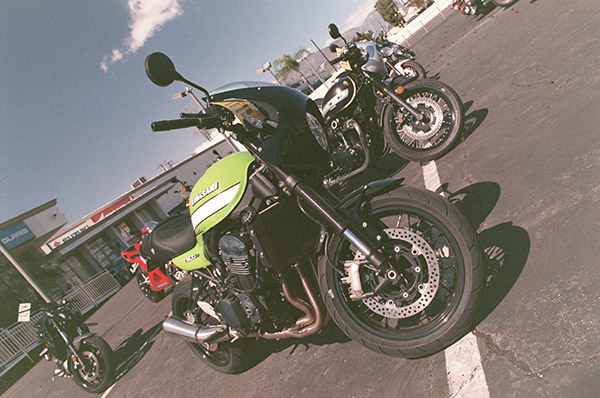
Here’s what it looked like after I worked on it a bit in PhotoShop:
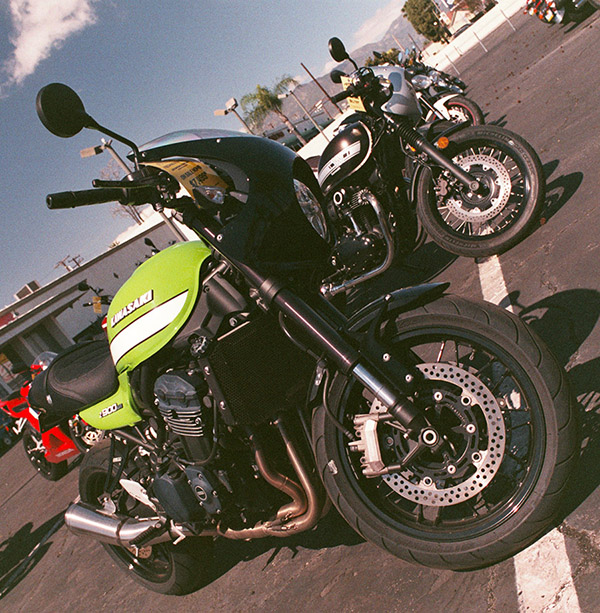
The next step was to try the new ISO 200 film. Sue and I spent a couple of days in Death Valley, and I tossed the N70 into my overnight bag for that trip.
I don’t think it’s possible to have a bad stay in Death Valley, although I understand that the folks who named the place might have thought otherwise. I love it there. This time, we explored the surrounding areas, including Tecopa Springs a few miles away. Tecopa Springs sounds a lot more exotic than it really is. There’s a bar and pizza place so I ordered one of their craft beers and a pizza. I took a photo of it before we dug in and when I received the scan after I returned home, it was depressingly bland. Here’s what it looked like:

The scan with this roll of new 35mm ISO 200 Fuji film, as delivered, looked about the same as the stuff I had shot with the expired film. Maybe the developer didn’t automatically tweak it to highlight the colors. I opened the scan in PhotoShop, cropped it, adjusted the levels and curves, cranked in a little vibrance, deleted the distractions in the upper left corner, and hit it with the shadows feature to brighten the image’s upper half. That brought it to life a little better.
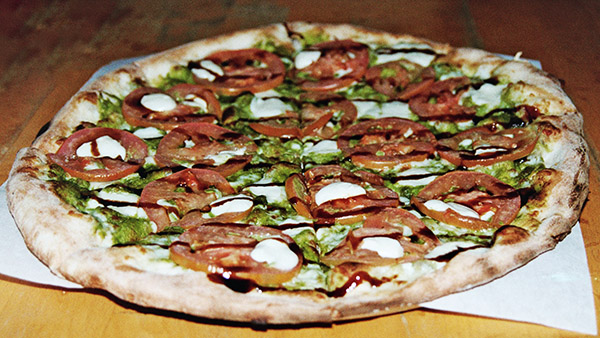
Here’s another set of before and after images in Death Valley’s Artist’s Palette area. This is the photo on the road heading there before any PhotoShop trickery:
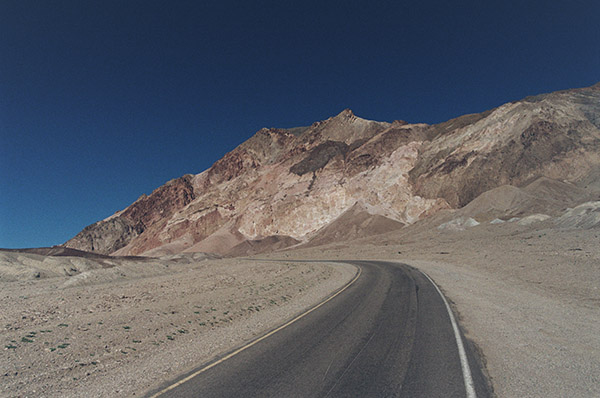 Here’s that image with its levels and curves adjusted:
Here’s that image with its levels and curves adjusted:
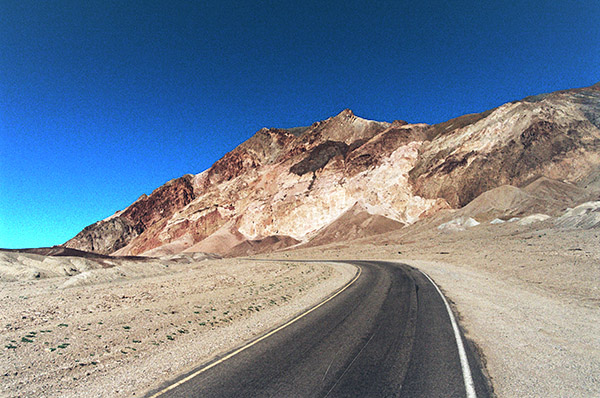
In the photo above, the mountains and the road look exactly as I remember them. The sky is a bit too vibrant, but that’s the polarizer earning its keep.
This is another pair of images at Artist’s Palette. The first is the scan as I received it from the developer:
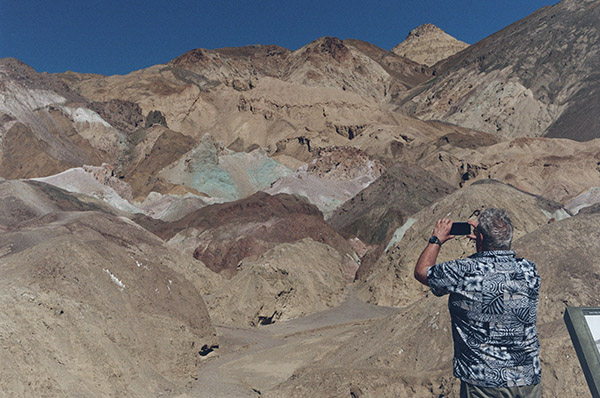
This is the image above with its curves and levels adjusted:

Again, the sky is too deep, but the rest of the image is true to how I remember it. The guy in the image is using his iPhone, which probably returned the bright colors you see in the PhotoShop-tweaked photos without him doing anything. That’s because the iPhone does all the mods automatically.
So what’s the bottom line? Digital, my brothers. Film photography is fun, but for me it’s a huge step back. I’ll take my Nikon D3300 or D810 over film any time I’m out. The N70 is interesting, but it’s digital all the way for me. With two or three exceptions, and those are the other film cameras I brought back from New Jersey, including a very nice Honeywell Pentax ES (if I can find the right size battery for it). Stay tuned.
Never miss an ExNotes blog:



